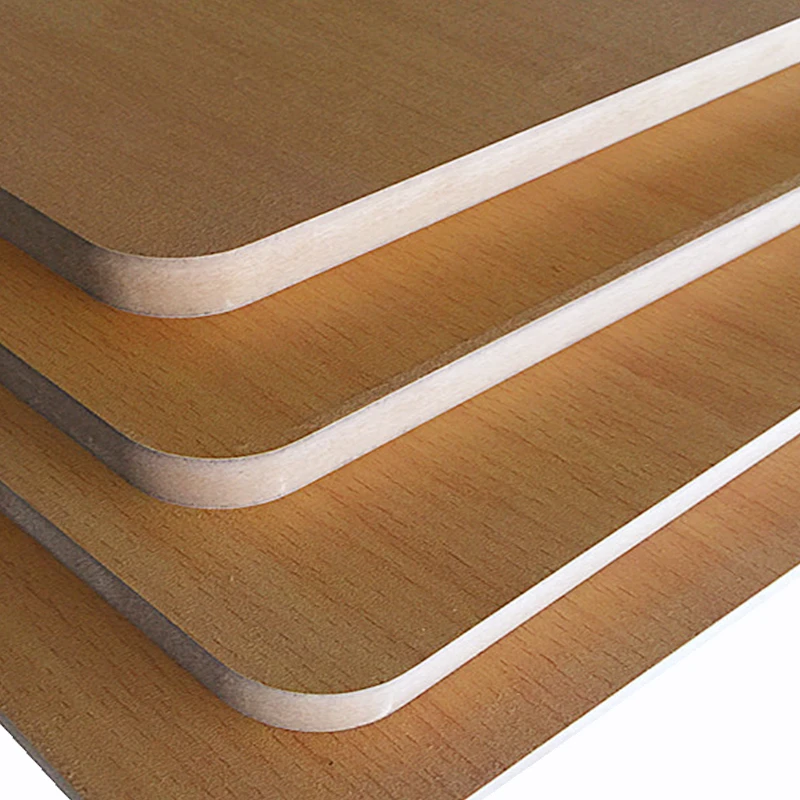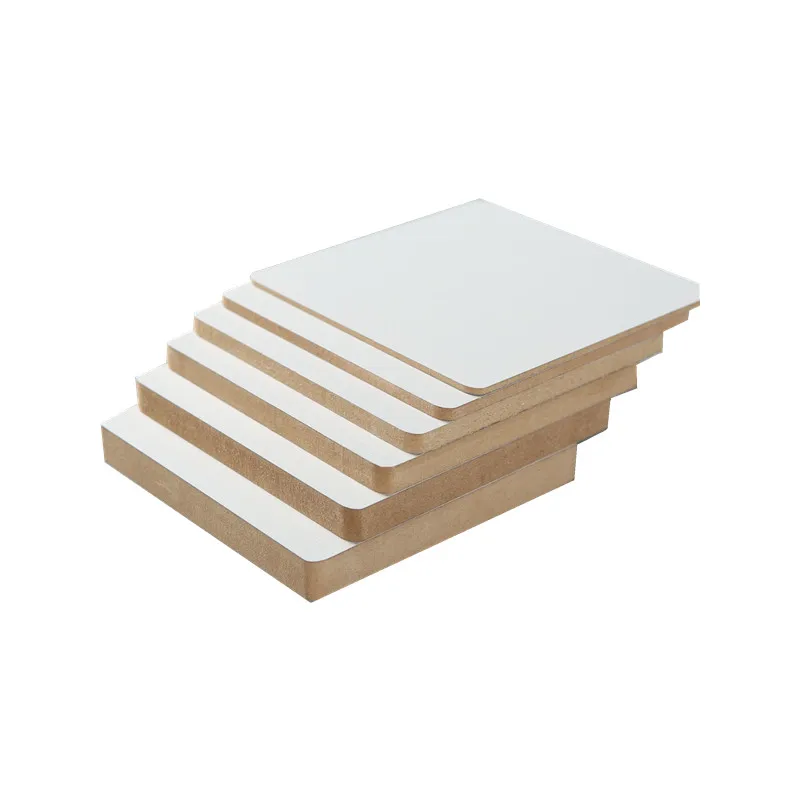Density board (MDF) is a high-density artificial board made of wood fibers and is widely used in furniture, flooring, wall panels and other construction and decoration materials. The following is an introduction to the history of density boards.

The history of density board can be traced back to the early 20th century. At that time, due to the shortage of wood supply, people began to research and develop materials to replace wood. In 1925, German scientist Rudolf Orenbeck first proposed the concept of wood fiberboard. However, due to technical and equipment limitations at the time, this concept was not widely used.
Until the 1960s, with the development of plywood and advancements in production technology, density boards gradually became an important choice as a wood substitute. In the late 1960s, Germany began commercial production of density boards. As technology improves, the quality and performance of density boards have also been significantly improved.
In the 1970s and 1980s, as environmental awareness increased, the demand for wood further increased, leading to a shortage of forest resources. During this period, density board became a popular alternative material because it could be made from waste wood and wood fragments, reducing reliance on natural forests. Moreover, density boards can be made into various sizes and shapes according to needs, making them very suitable for customized furniture and architectural decoration.
Over time, the R&D and production technology of density boards have been continuously improved, resulting in further improvements in quality and characteristics. Modern density boards are strong, durable and can be painted, painted and covered with a variety of surface materials. Therefore, it is an ideal material widely used in the furniture and construction industries.
In general, the development history of density board can be traced back to the early 20th century. After years of research and technological progress, it has become an important alternative to wood and is widely used in various furniture and architectural decorations.

At present, density board has become one of the most important materials in modern furniture and architectural decoration. Its widespread use is due to a variety of factors, including its quality, strength, durability, aesthetics and cost.
At the same time, density boards have also become better in terms of environmental protection. Modern manufacturing technology can reduce the use of chemical substances through high temperature, high pressure, environmentally friendly glue, etc., making the production process of density board have less impact on the environment. In addition, wood chips and waste materials made into density boards can be reused, thereby achieving comprehensive waste utilization and sustainable development.
In general, density board has gone through a long development process, and its advantages and plasticity are constantly improving and improving. In the future, with the continuous emergence of various new technologies and new processes, it is believed that density boards will become more diversified, environmentally friendly and practical, becoming one of the important materials in the fields of furniture and architectural decoration.

In addition, density boards can also be processed into various furniture products, such as beds, sofas, wardrobes, bookshelves, etc. Compared with natural wood, density board is harder, flatter and less susceptible to deformation, and has better water resistance, fire resistance and durability. Moreover, the production cost of density board is relatively low, which allows furniture manufacturers to save costs while ensuring product quality.
In the field of architectural decoration, density boards are also widely used. Its flatness and hardness ensure more even application of tiles, floors, wallpapers and other decorative materials on floors and walls. At the same time, density boards can be processed into various shapes and sizes to meet the needs of different construction scenarios.

In short, the development history of density board is long, from the initial research stage to modern and efficient production technology. It has become one of the most popular materials in the field of furniture and architectural decoration due to its advantages such as ease of processing, strength, economy, practicality and environmental protection.


